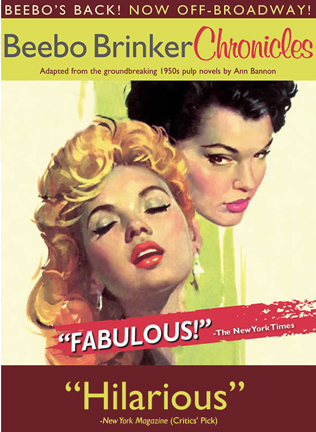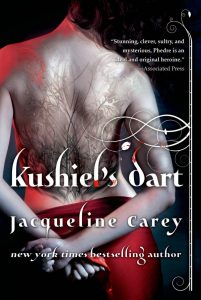Inferno: A Poet’s Novel, Eileen Myles
If the flight from Minneapolis to Vancouver had been just a little longer, I would have finished this book in one sit. Not because of the plot—basically nonexistent—but because of the feeling, thought, feeling. Plus, the hot and sometimes hilarious sex, of course.
Though subtitled “A Poet’s Novel,” this piece is only vaguely fictional, referring to real figures from Myles’ life and incorporating previously published poems. Myles brings a poet’s precision to this semi-fiction, semi-memoir. Take these opening lines:
My English professor’s ass was so beautiful. It was perfect and full as she stood at the board writing some important word. Reality or perhaps illusion. She opened the door. With each movement of her arms and her hand delicately but forcefully inscribing the letters intended for our eyes her ass shook ever so slightly. I had never learned from a woman with a body before. Something slow, horrible and glowing was happening inside me. I stood on the foothills to heaven. She opened the door.
After introducing Dante to the class, this English professor asks students to write their own infernos. The class groans. Eileen writes hers alone at the kitchen table at home. Her professor’s public response to Eileen’s poem makes her wonder, could this poetry gig be a job? There is little plot in the book, but that is not the point. When I heard Myles speak in Vancouver, she said she wrote this book to explain being a poet. It is a thorough and provoking explanation.
In many ways, this book has nothing to do with the original Divine Comedy. Dante’s judicial nature and firm vengeance are absent; Myles is not teaching us how to be good; and other than a dose of guilt, there’s nothing Catholic about this piece. However, like Dante, Myles is a poet on a journey, through a spectacular and sometimes grotesque universe; and though there is no single Beatrice, it is women who bring Myles through. Her discovery of her sexuality is written in glorious detail: the awkwardness and the joy resonate equally.


 Anna: As a starter question, I’d be interested to know what you thought about the way Bannon portrays her character’s discovery of her same-sex desires (especially the way it is mediated to some extent by her mentor/roommate). It was an interesting contrast to the way the girls in our YA novels came to terms with their sexual orientation — primarily through their interaction with other girls and their own internal self-reflections.
Anna: As a starter question, I’d be interested to know what you thought about the way Bannon portrays her character’s discovery of her same-sex desires (especially the way it is mediated to some extent by her mentor/roommate). It was an interesting contrast to the way the girls in our YA novels came to terms with their sexual orientation — primarily through their interaction with other girls and their own internal self-reflections.  gender/sexual identity versus appearance. For Beebo, her appearance determined and shaped her gender and sexual identity, whereas now we think of people are expressing their gender/sexual identity through their appearance. I say gender and sexual identity because there are many ways to be read as lesbian (or gay or queer) through appearance: shaving one side of your head, or having short hair, or wearing rainbow accessories, etc. Gender expression through appearance is pretty obvious.
gender/sexual identity versus appearance. For Beebo, her appearance determined and shaped her gender and sexual identity, whereas now we think of people are expressing their gender/sexual identity through their appearance. I say gender and sexual identity because there are many ways to be read as lesbian (or gay or queer) through appearance: shaving one side of your head, or having short hair, or wearing rainbow accessories, etc. Gender expression through appearance is pretty obvious. Anna: “I would hypothesize that the sex scenes in pulp are probably the easiest way to see whether the book was written by a Real Live Lesbian who has actually had sex with another women rather than a straight man who’s just imagining it.”
Anna: “I would hypothesize that the sex scenes in pulp are probably the easiest way to see whether the book was written by a Real Live Lesbian who has actually had sex with another women rather than a straight man who’s just imagining it.” 

